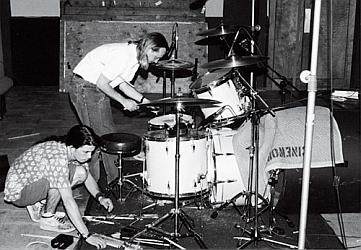Effects Applied during the mixing
When you are going to apply effects during the mixing session, the best thing you can do is to record the tracks as dry as possible then apply appropriate effects later on the mix.
The following are the tracks that can be recorded as dry as possible then applying effects on the mix:
1.) Vocals – even big projects are recording vocals are dry as possible. Although in some takes particularly with inexperienced singers, compression and slight EQ are applied during recording. But the standard is always to record vocals as dry as possible. The primary reason is that the vocal effects particularly reverb, compression and EQ can be added on the mix very easily and yet still sounds great (depending on the quality of plugins you are using).
2.) DI guitars – in some recording techniques like reamping, guitars are recorded dry so that the producers and engineers can decide which effects would sound best during mixing.
3.) Violins, bass, other instruments – in general most instruments can be recorded as dry as possible especially if the main intent to record its original sound.
Recommendations
1.) For recording drums – record the drum kit in a well sounding room and find a great drummer that can play with dynamics. Tune the drums in advance and get the sound right at the source. This makes it unnecessary for you to apply compression, EQ and reverb on the mix.
But if you don’t have that room; you will be simulating those effects during mixing.
2.) The mud in the live band can best be fixed before recording. Applying EQ, etc. to sort out the mud before doing the recording session can make the mixing process relatively simple. Some record producers want to capture the best sound as possible by applying fewer effects so they make sure the band when playing together has that clarity sound before hitting the record button.
If you directly record a live band without these things in mind, you will be over-EQ’ing the tracks during mixing to fix those mud issues.
3.) It depends on what sounds good to you. Experiment with recording that includes the effects and compare it with the one recorded dry but applying effects on the mix.
Content last updated on August 5, 2012









No responses yet